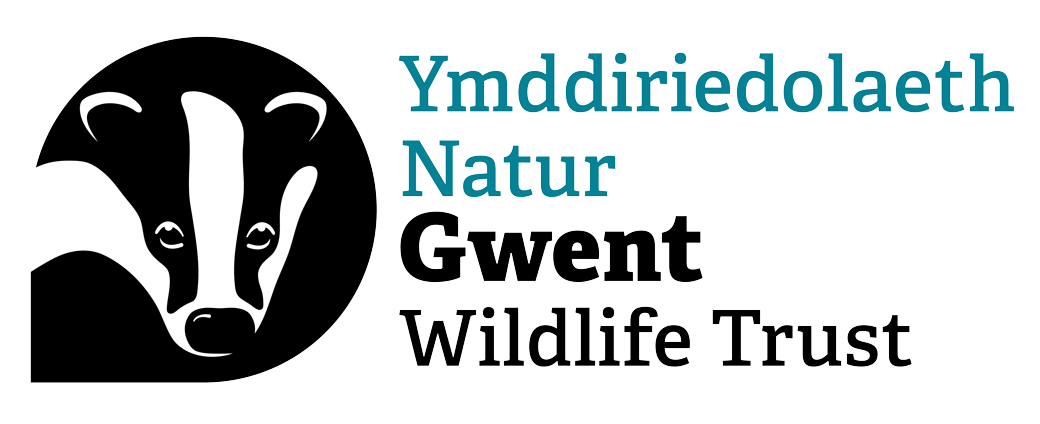Search
Chwilio
Orange-tip
It’s easy to see where these butterflies get their name – the males have bright orange tips on their wings! See them from early spring through to summer in meadows, woodland and hedges.
Radical steps required to help nature adapt for the future
New report from The Wildlife Trusts outlines radical steps required to help nature adapt to climate change
Helping Nature Help us Recover
Leading wildlife charity welcomes Welsh Government's proposals to protect SSSIs
Gwent Wildlife Trust welcomes the changes to Planning Policy Wales (PPW) made by Minister for Climate Change, Julie James, that create stronger protection for Sites of Special Scientific Interest…
Acting Swiftly?
Swifts and swallows are flying high this time of year. After the long Swift migration from Africa, they are resident in many parts of the UK during spring and summer, here's how you can help…
You Can't Destroy the Environment to Save the Environment
Rethink renewables: The Gwent Levels, if appropriately managed, could be an enormous carbon sink, as well as providing climate change adaptation through its potential flood storage capacity.
Orange underwing
This birch-loving moth can be seen flying on sunny days in early spring.
Woodland
Our woodlands are a key tool in the box when addressing climate change for their carbon storage potential, but are less well known for their potential to limit flooding events, with wet woodlands…
Channelled wrack
This yellow-brown seaweed grows in tufts at the very top of rocky shores. Its fronds curls at the sides, creating the channel that gives Chanelled Wrack its name.
How to help injured wildlife
Wetlands
Healthy wetlands store carbon and slow the flow of water, cleaning it naturally and reducing flood risk downstream. They support an abundance of plant life, which in turn provide perfect shelter,…
